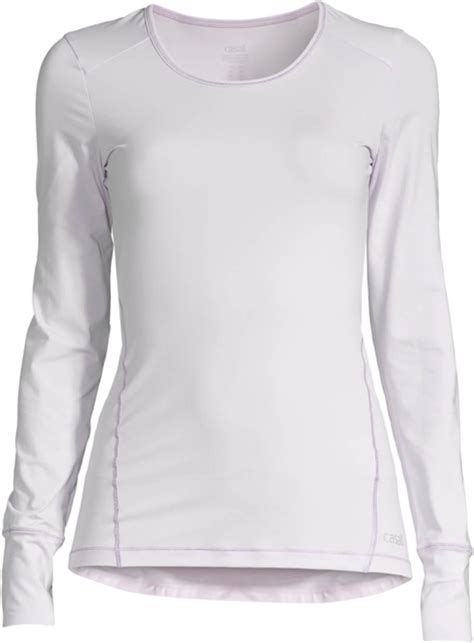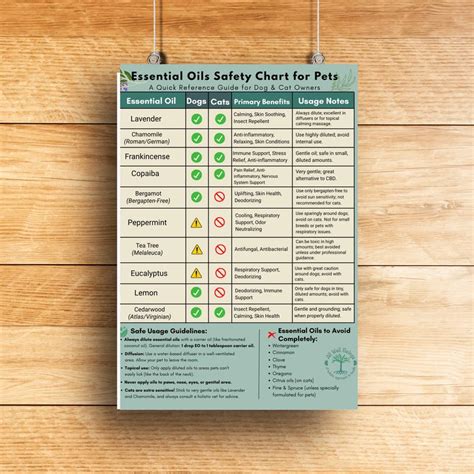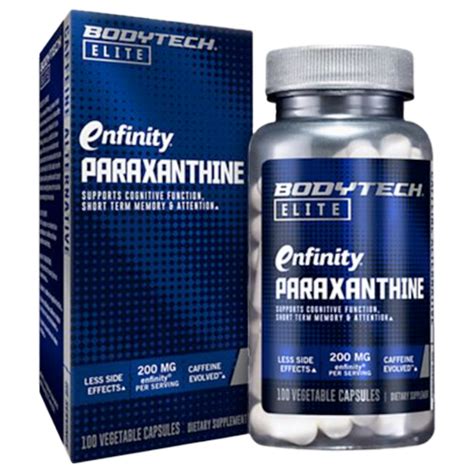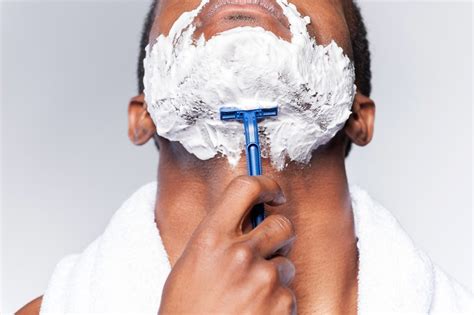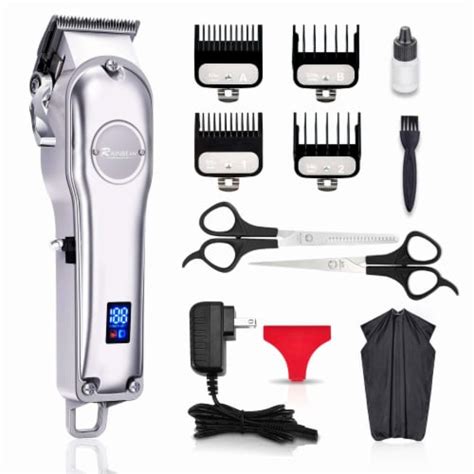Optimize morning shave: quick, effective methods to banish razor burn?

For many, the morning shave is a ritual, but for others, it’s a battle against irritation, redness, and the dreaded razor burn. Achieving a consistently smooth, comfortable shave doesn’t require extra time or expensive gadgets; it simply demands a refined technique and understanding of your skin’s needs. This guide will walk you through quick and effective methods to transform your morning routine, ensuring a close shave without the sting.

The Foundation: Pre-Shave Preparation
The secret to a successful shave often lies in what you do before the blade even touches your skin. Proper preparation softens the hair, opens pores, and creates a protective barrier.
- Warm Water Immersion: Start your shave either in or immediately after a warm shower. The steam and warm water soften your beard hairs, making them much easier to cut and reducing tugging. If a shower isn’t an option, apply a warm, damp towel to your face for a minute or two.
- Gentle Exfoliation: Lightly exfoliating your face 2-3 times a week can prevent ingrown hairs and razor bumps by clearing away dead skin cells that can trap hair. Be gentle, especially on shave days, to avoid over-irritating the skin.
- Pre-Shave Oil: A few drops of pre-shave oil create a slick layer between your skin and the razor, providing an extra cushion of protection. This can significantly reduce friction and irritation, particularly for those with sensitive skin or coarse beards.
The Shave Itself: Technique and Tools
Once your skin is prepped, it’s time to focus on the shaving process. The right tools and technique are paramount to preventing razor burn.

- Sharp Blade is Key: This is non-negotiable. A dull blade is the primary culprit behind razor burn and nicks. Replace your razor blade every 5-7 shaves, or at the first sign of discomfort or tugging. Multi-blade razors can be effective, but some find single-blade safety razors offer a less irritating shave due to fewer passes over the skin.
- Quality Shaving Cream/Gel: Ditch the cheap foams. Invest in a rich, lubricating shaving cream or gel that creates a dense lather. It provides cushioning, lifts hairs, and moisturizes the skin. Apply generously and work it into a rich lather for at least 30 seconds.
- Shave With the Grain (First Pass): Always start by shaving in the direction your hair grows. This reduces irritation significantly. For a closer shave, you can do a second pass across the grain or even against it, but only if your skin can tolerate it without irritation. For daily shaves, one pass with the grain is often sufficient to prevent razor burn.
- Light, Short Strokes: Let the razor do the work. Don’t press hard; excessive pressure leads to irritation. Use short, controlled strokes, rinsing the blade frequently under warm water to clear away hair and cream buildup.
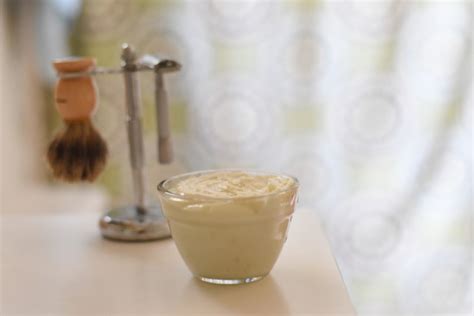
Post-Shave Care: Soothe and Protect
What you do immediately after shaving is just as important as the preparation and the shave itself in preventing razor burn.
- Cold Water Rinse: Immediately after your final pass, rinse your face with cold water. This helps close pores, soothe the skin, and remove any remaining shaving cream.
- Alcohol-Free Aftershave Balm: Avoid aftershaves heavy in alcohol, which can dry out and irritate freshly shaved skin. Opt for an alcohol-free balm or lotion containing soothing ingredients like aloe vera, witch hazel, or chamomile. These help calm irritation, reduce redness, and moisturize.
- Moisturize: Even if you use an aftershave balm, applying a light, non-comedogenic moisturizer can further hydrate and protect your skin throughout the day.
Advanced Tips for Persistent Razor Burn
If you still struggle with razor burn despite following these steps, consider these additional adjustments:
- Shaving Frequency: If daily shaving is causing consistent irritation, try shaving every other day, or even less frequently, to give your skin a break.
- Consider Alternatives: Experiment with an electric shaver, which cuts hair above the skin surface and can be less irritating for some. Or, explore different types of wet shaving razors like safety razors or straight razors, which offer different cutting dynamics.
- Targeted Treatments: For stubborn spots, consider over-the-counter creams with salicylic acid or glycolic acid, designed to prevent ingrown hairs and soothe bumps.
By integrating these quick and effective methods into your morning shave routine, you can significantly reduce the risk of razor burn and enjoy a consistently smooth, comfortable, and irritation-free experience. Consistency is key, so stick with these practices, and your skin will thank you.

